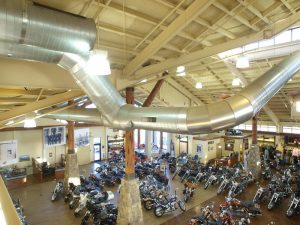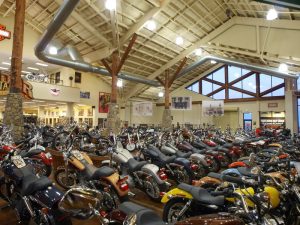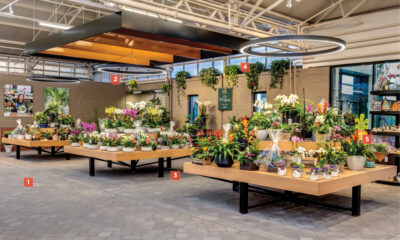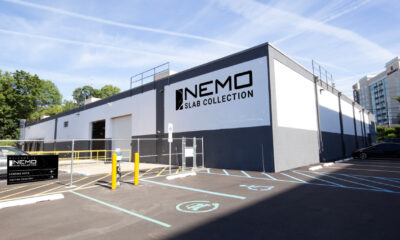Problem: A motorcycle dealership in Colorado was gobbling up energy without shedding enough light on the bikes.
Solution: A new lighting system dramatically cuts energy and maintenance costs, while pouring more light onto the selling floor.
Harley-Davidson dealers Shelley and Todd Erdmann used to have to take customers outside to show them how beautiful the motorcycles were, how the paints and finishes sparkled in the natural sunlight.
While the ski lodge look and feel of their Thunder Mountain dealership in Loveland, Colo., was dramatic, the vaulted ceilings made it difficult to bring adequate lighting down to the sales floor. Trying to illuminate all that space with sixty-four 175-watt HID metal halide fixtures also revved up energy costs. Plus, every time a lamp burned out, it cost $175 to replace – in addition to the cost of renting a lift to reach the 44-foot-high ceiling.
Scott Milewski, the store’s building operations manager, asked Cleantech Solutions (Boulder, Colo.), an energy solutions company, to review the store’s lighting system. “It was very inefficient,” says Cleantech president David Soderlund, “using way more energy than it needed. The east and west sides of the building were all glass, allowing a flood of natural light into the space. But in the center of the store, where the merchandise is, there wasn’t enough light to show the bikes’ true beauty.”
Cleantech recommended replacing those fixtures with thirty-two 42-watt high bay LX8 compact fluorescent light fixtures from Sportlite (a Philips Lighting brand). The goal was to even out the light throughout the space, says Soderlund.
The new system is controlled automatically to respond to the needs of the various zones of the store, by times of day and days of the week. “Photo sensors follow the sun, sending signals to the control system to tell the lights to dim on the east side of the store in the morning,” explains Soderlund, “and then dim on the west side in the late afternoon and evening.”
The lamps run at 50 percent output most of the time, but they’re programmed to automatically run 25 percent brighter on Thursdays, Fridays and Saturdays, the dealership’s busiest days. And a manual override allows the store to be “lit up like a jewelry store,” says Soderlund, when there are special events.
The overall result: Thunder Mountain is seeing 90 percent more light delivered to the floor – all while consuming less energy than the old system.
So the store is bright, and Thunder Mountain is saving 25 percent on its energy costs. And while lowered energy and maintenance bills are great, there’s also the question of whether the new lighting would help generate greater sales. “When we finished the installation,” says Soderlund, “we produced a print-out of the energy savings the dealership would realize. And the owners just stood in the middle of the floor, saying, ‘Look how great the bikes look!’ ”
What’s Your Problem? Have you helped a retailer overcome a recent design-related problem, and can share that experience with the readers of VMSD? Send an article proposal to VMSD managing editor Anne DiNardo, at anne.dinardo@stmediagroup.com.

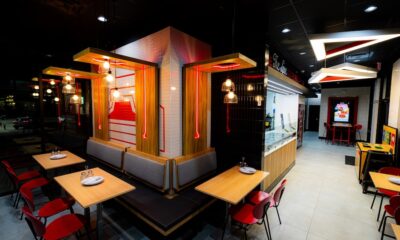
 Headlines1 week ago
Headlines1 week ago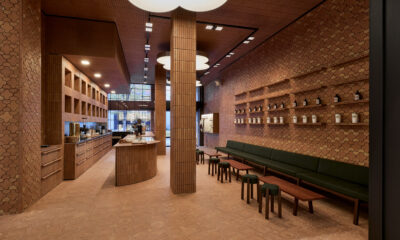
 John Ryan2 weeks ago
John Ryan2 weeks ago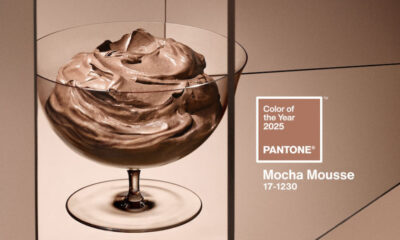
 Headlines7 days ago
Headlines7 days ago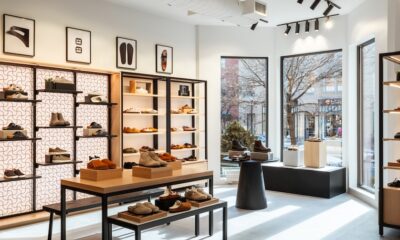
 Headlines2 weeks ago
Headlines2 weeks ago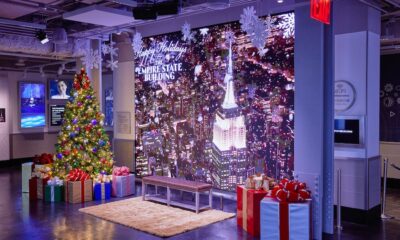
 Headlines1 week ago
Headlines1 week ago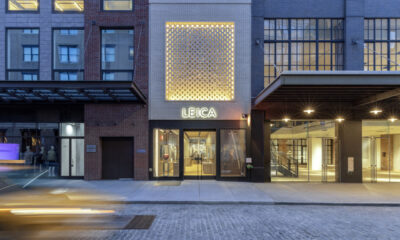
 Retail Buzz3 days ago
Retail Buzz3 days ago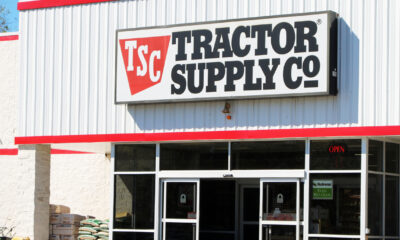
 Headlines1 week ago
Headlines1 week ago
 Headlines1 week ago
Headlines1 week ago
